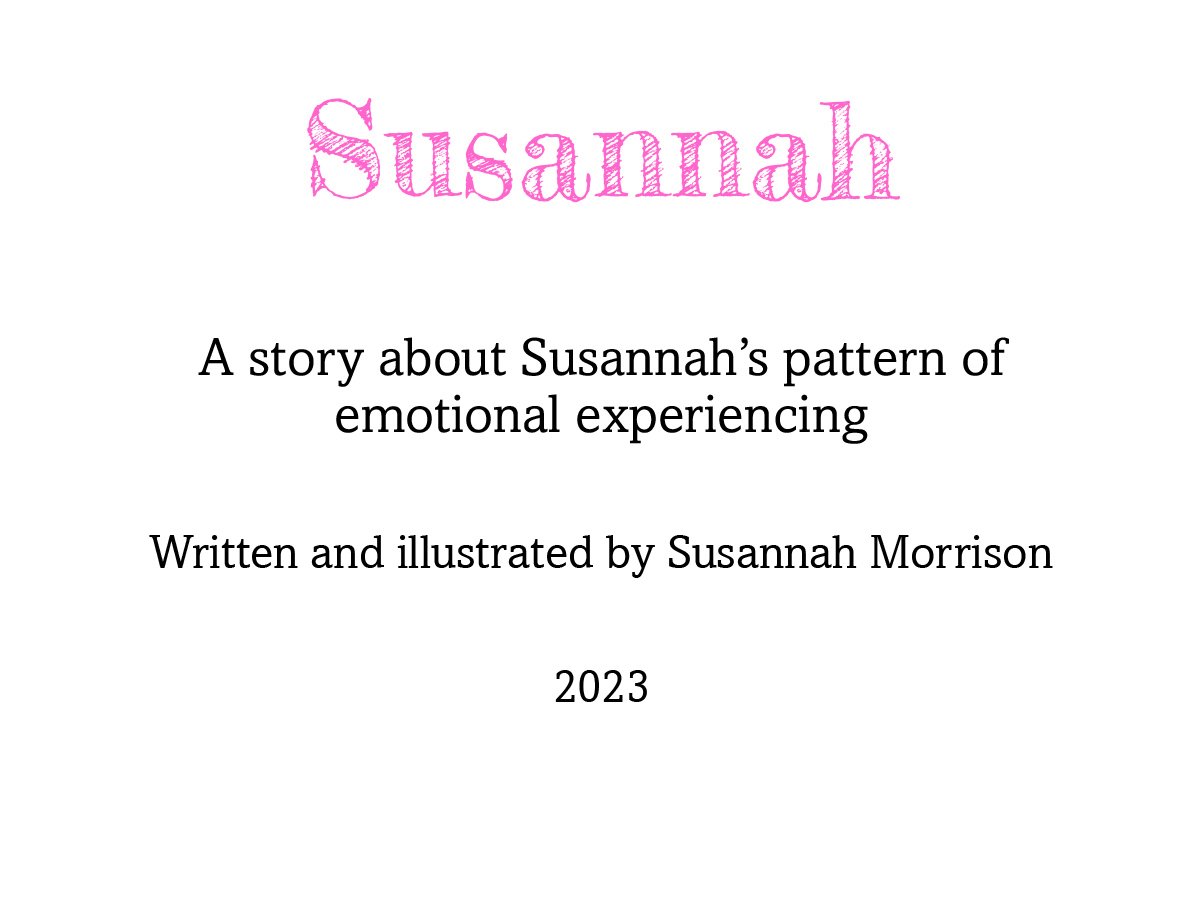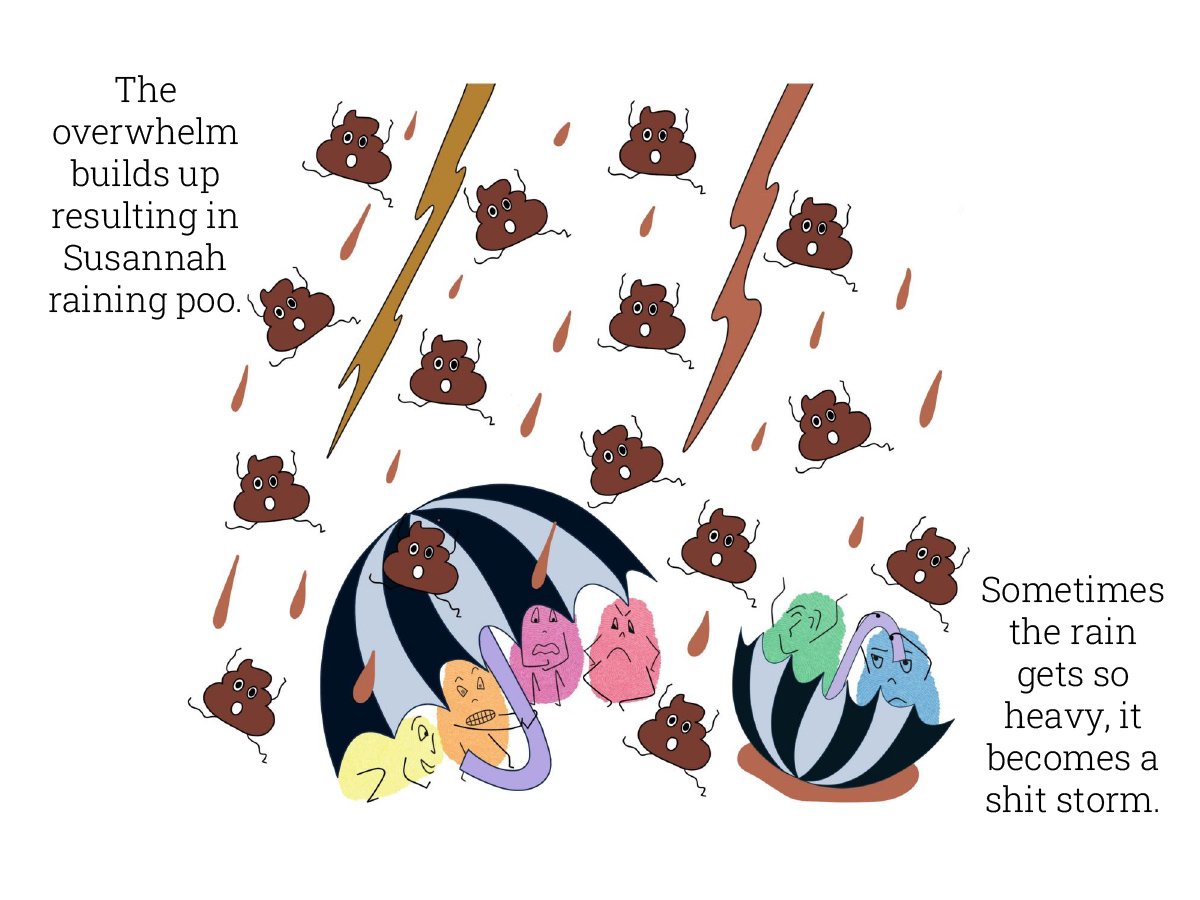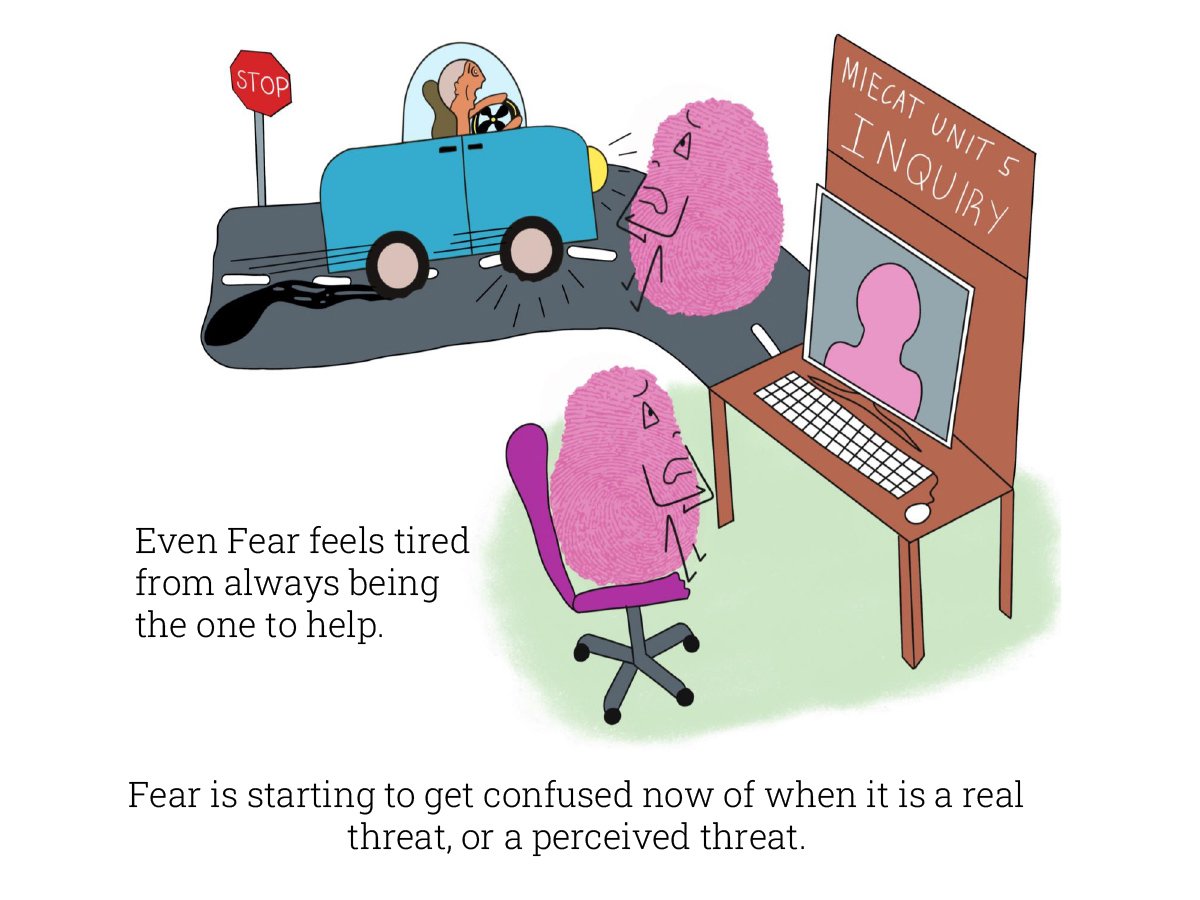Published:
October 2023
Issue:
Vol.18, No.2
Word count:
1,041
About the author
-
MIncEd, GradCertDisSt, BTeach
Susannah is a current student in the Masters of Therapeutic Arts at the MIECAT Institute in Melbourne, Australia. She is passionate about the field of therapeutic arts, and surrendering to the process that the creative arts offer in being an agent for knowledge, acceptance, change and healing. She is avid life-long learner, receiving the University Medal for her teaching studies from Charles Darwin University, and being placed on the Dean’s Roll of Excellence for her studies at the University of Tasmania. As an alumna she now serves on the Creative Arts and Health Course Advisory Committee for the University of Tasmania. She also offers creative art experiences to various community agencies, as well as life-skills support, and social and emotional learning therapy to people with disabilities through her business Functional Skills Focus, located in Kaurna Country in Adelaide, South Australia.
Susannah: A story about Susannah’s pattern of emotional experiencing
Susannah Morrison
Creative arts therapist statement
I am sharing this story in response to my studies at the Miecat Institute in Melbourne, Australia. It draws on my experience of inquiring into an emotional pattern of experiencing. I explored different art-forms as I experimented with various sensations, feelings, patterns, and behaviour.
I noticed what reoccurred was the use of my fingerprints in everything I did. This became a starting point to explore what makes me unique, what is my story, and how does this impact on who I am.
Come on a journey to learn how Fear begins to discover the impact they have had from protecting Susannah from danger, and what Fear starts to do to help Susannah to notice how all her emotions can help her to feel safe.
There is an invitation after the story to further explore and understand the main characters in relation to research in the area of emotion and trauma.
Story notes
In the story, Fear becomes Susannah’s biggest companion and friend. At one stage of her life this was important, particularly when her needs were not being met as a child.
In the experiences of Susannah, safety and trust are often hijacked by Fear when protection is paramount. This has formed into a pattern of emotional experiencing that has been challenging to break, even into adulthood when her mind is responding to any threat with urgency. Fear has changed from being a helpful companion and friend to one that is affecting other opportunities, for Susannah, to feel and experience quality of life.
When a child has been deprived of opportunities to regulate emotions, the right hemisphere of the brain, which is responsible for emotional regulation, can be underdeveloped. This results in emotions continuing to be both unregulated, and overloading. Through this process, an unconscious pattern develops of shutting these out from the conscious state of awareness, as they are challenging to tolerate (Schore & Sieff, 2015).
This shutting out of dysregulated emotions can often be paired with the body responding with hypervigilance. This is common when the body is hyperaroused, to the point where elevated states of overwhelm, anxiety, and tension are experienced (Malchiodi, 2021). The particular response of Susannah feeling tense and shrugging her shoulders is a sign from her body that it is detecting a threat.
However, as van de Kolk (2014) explains, the body will continue to produce signals even if the conscious mind shuts the body out. Sadly, the ongoing impact of the mind shutting down the signals from the emotional centre of the brain results in stress hormones continuing to be released. This in turn can have a physical impact on the body, and organs, as it can manifest as illness. The raining poo is an example of the ongoing release of stress hormones that is impacting Susannah’s body.
Fear is a principal character in Susannah’s life as a survivor of post-traumatic stress disorder (PTSD), which can be seen in the story when Fear is struggling with fear of death, and fear of inquiring. The protective functions of Fear have continued after her traumatic experiences have passed. Rothschild (2000) refers to fear malfunctioning and overloading in individuals with PTSD, almost like a self-protective alarm that doesn’t switch off. Everything is perceived as dangerous, including other emotions.
You can see this perceived danger of emotions with the mountainous ranges of separation between Fear, Susannah, and her other emotions. The only point of connection is the path highlighting the pattern of emotional experiencing that has been reinforced for so much of Susannah’s existence. This pattern inspired Susannah’s emotions to write the story of emotional conflict between her values of feeling her emotions and staying safe in the only pattern she knows how.
By focusing on the emotions as narrator, Susannah was able to externalise her emotions. Fredman refers to the process of externalising an emotion being constructive in facilitating a perspective that is separate from oneself. This can have the benefit of encouraging a stronger sense of self-agency, further opportunities for reflections, and possible pathways of action (Fredman, 2004).
Furthermore, the concept of illustrating and putting the emotions as the primary narrators brought to light the hidden aspects of Susannah’s relationship with her own emotions. Wallin (2007) argues that not all experiences can be verbalised and named with language; particularly if they were overwhelming and painful to experience, or if it was not safe to express these without creating conflict in attachment relationships. Hence, through Susannah having an intention to illustrate and scribe for her emotions, she has listened and cast light on implicit areas of her life that are now shifting into her conscious awareness.
This story comes to a finish with Susannah beginning the practice of noticing her emotions. It is important with anyone recovering from trauma, and exploring a new way of being, to take it slow as each change made can also create a sense of disequilibrium and further distress if done too fast. This can further hinder the healing process (Rothschild, 2010).
A starting point could be to notice ways of being that differ from a survival mode of fear. Kain and Terrell (2018) assert that if an emotional pattern has been developed around fear to survive, the ability to notice sensations and feelings in the body, both pleasant and unpleasant, can be overwhelming due to being unfamiliar. They note a simple example, that the growling of the stomach can be detected by fear as alarming and dangerous. However, through noticing the sensation, feeling, or emotion, and bracketing in fear in this process, one can help determine if it really is catastrophic. This assists to normalise some of these sensations and feelings that are unfamiliar to oneself, and begins the process of rebuilding a healthy protective function of fear (Kain & Terrell, 2018). Often people who have experienced trauma are used to living in a state of distress and seem to be missing a sense of curiosity, playfulness, and compassion for oneself (Malchiodi, 2021).
Begin here: Be curious when noticing emotions and offer Fear a choice in choosing if they are the best resource for you at the time. You might be surprised to find that Fear also wants you to have a healthy relationship with your emotions.
References
Fredman, G. (2004). Understanding emotion. Transforming emotion: Conversations in counselling and psychotherapy. Whurr.
Kain, K., & Terrell, S. (2018). Nurturing resilience: Helping clients move forward from developmental trauma. North Atlantic Books.
Malchiodi, C. (2021, September 15). Traumatic stress and the circle of capacity. Psychology Today. https://www.psychologytoday.com/us/blog/arts-and-health/202109/traumatic-stress-and-the-circle-capacity
Rothschild, B. (2000). The body remembers: The psychophysiology of trauma and trauma treatment. WW Norton & Company.
Rothschild, B. (2010). 8 steps to safe trauma recovery. WW Norton & Company.
Schore, A.N., & Sieff, D.F. (2015). On the same wavelength: how our emotional brain is shaped by human relationships. In D.F. Sieff, Understanding and healing emotional trauma (pp.111–136). Routledge.
van de Kolk, B. (2014). The body keeps the score. Penguin Random House.
Wallin, D. (2007). Nonverbal experience and the “Unthought Known”: Attachment in psychotherapy (pp.115–132). The Guildford Press.
This work is published in JoCAT and licensed under a CC BY-NC-ND-4.0 license.
-
Morrison, S. (2023). Susannah: A story about Susannah’s pattern of emotional experiencing. JoCAT, 18(2). https://www.jocat-online.org/c-23-morrison



















